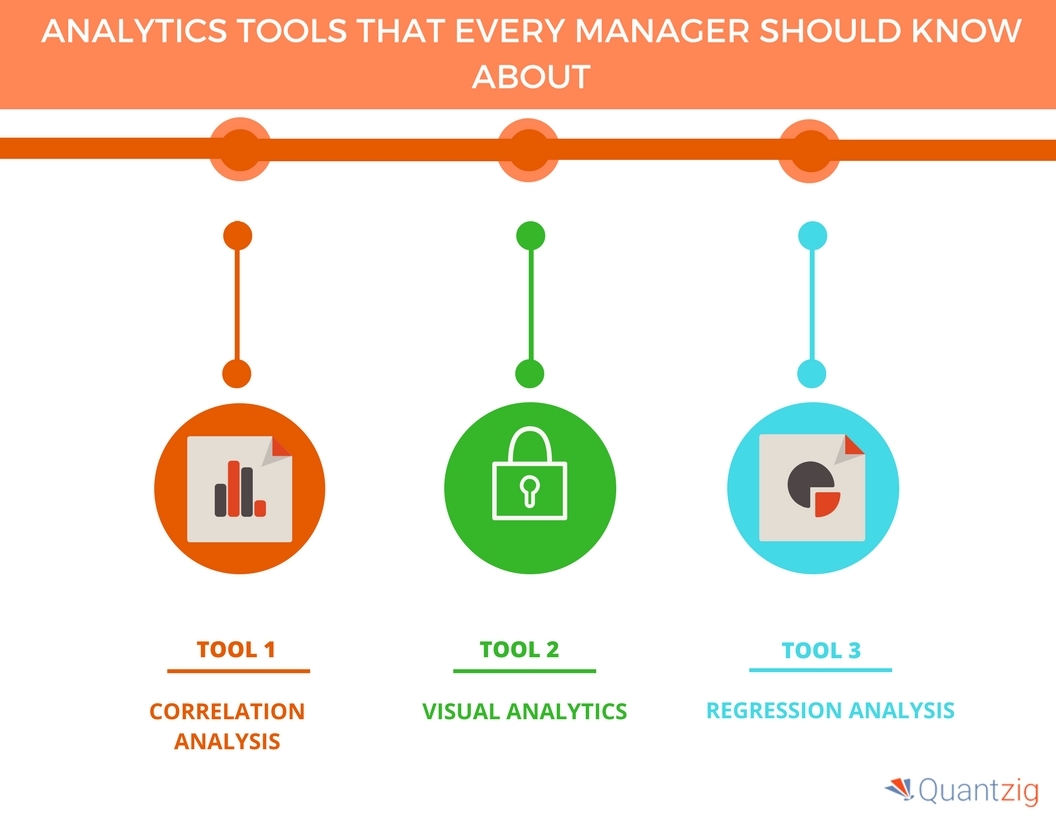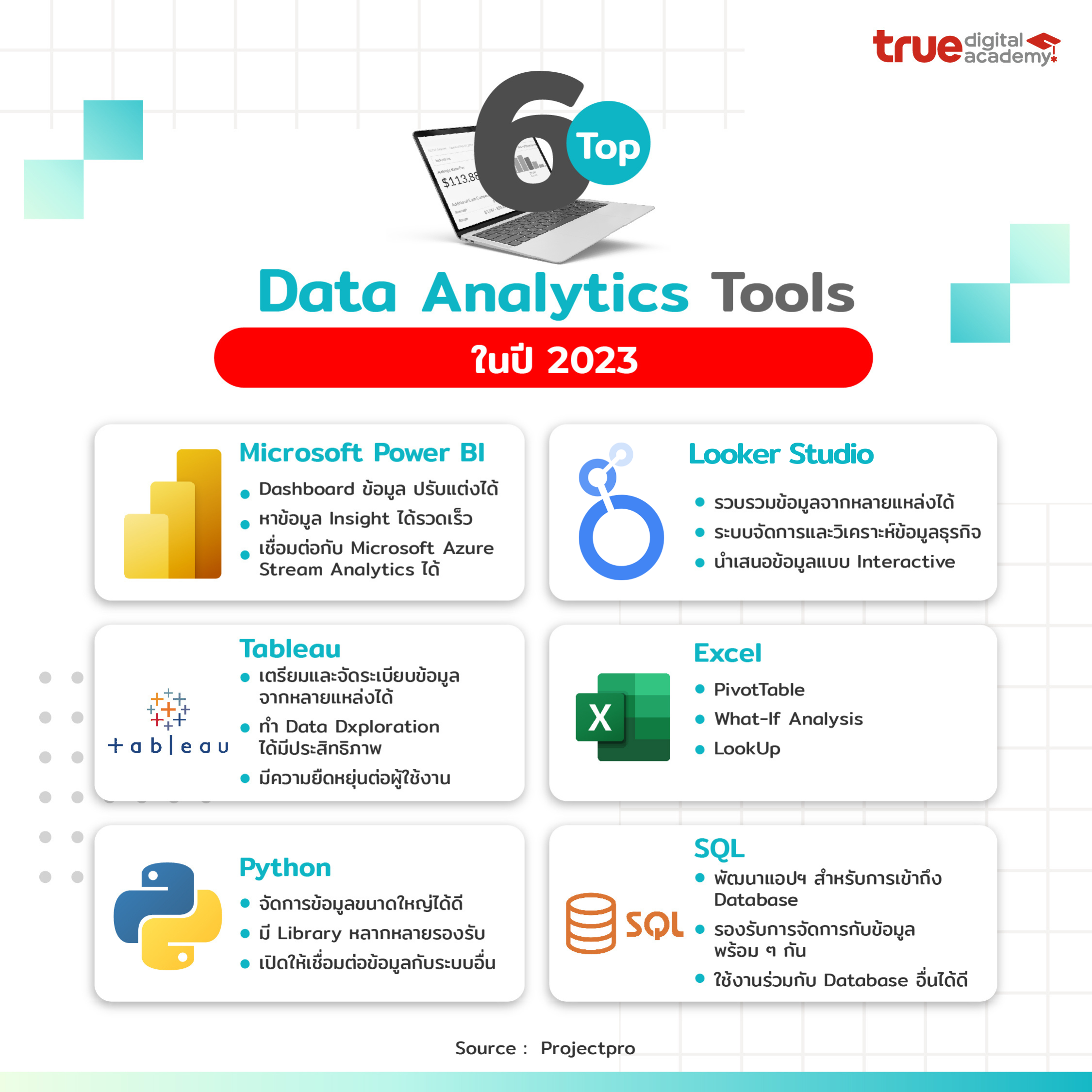Take Full Advantage Of Effectiveness Utilizing Real-Time Analytics Operatings Systems
Take Full Advantage Of Effectiveness Utilizing Real-Time Analytics Operatings Systems
Blog Article
Increase Efficiency and Profitability Through Data Analytics
In today's data-driven landscape, businesses are progressively recognizing the essential role of information analytics in boosting operational effectiveness and profitability. By systematically evaluating data, organizations can reveal essential insights that notify strategic decisions, simplify processes, and tailor consumer experiences.
Recognizing Information Analytics
In today's data-driven landscape, understanding data analytics is crucial for organizations intending to boost operational effectiveness and drive productivity. Data analytics involves the methodical computational evaluation of information sets to uncover patterns, connections, and understandings that educate decision-making. By employing different strategies, such as analytical evaluation, machine knowing, and anticipating modeling, companies can change raw information right into actionable intelligence.
The process usually starts with information collection, where pertinent details is collected from multiple sources, including transactional data sources, consumer interactions, and market patterns. This information is then cleaned and organized to guarantee accuracy and consistency. Once the data is prepared, analytical tools and software are used to envision the details and discover, making it possible for stakeholders to recognize anomalies and patterns.
Ultimately, understanding data analytics encourages companies to make educated decisions based on empirical proof as opposed to intuition. It helps with targeted techniques that can optimize source appropriation, boost client contentment, and improve general performance. As organizations significantly acknowledge the value of data-driven understandings, a strong understanding of data analytics comes to be a critical expertise for teams and leaders alike, placing them for sustained success in an affordable atmosphere.

Secret Advantages for Organizations
Organizations that leverage data analytics can open a multitude of benefits that dramatically improve their procedures and productivity. Among the primary advantages is improved decision-making. Data analytics gives actionable insights acquired from real-time data, permitting businesses to make enlightened choices that line up with market needs and customer preferences.

Additionally, information analytics cultivates enhanced consumer experiences. By recognizing consumer actions and choices, organizations can customize their offerings, bring about boosted contentment and commitment. This personalized approach frequently results in higher conversion prices and repeat organization.
In addition, information analytics enables services to determine emerging trends and opportunities. By staying ahead of the curve, companies can take advantage of brand-new markets and technologies prior to their competitors.
Implementing Data-Driven Strategies
Effective application of data-driven techniques requires a comprehensive understanding of both business goals and available information sources. Organizations needs to first specify their goals clearly, making sure alignment in between information campaigns and strategic objectives. This clarity makes it possible for teams to concentrate on appropriate metrics and understandings that drive decision-making.
High-quality data is essential for precise evaluation, as poor data can lead to misdirected approaches and squandered sources - Analytics. Organizations has to establish processes for information collection, cleansing, and monitoring to keep data stability.
Additionally, fostering a data-driven society is essential. Employees in all levels ought to be urged to utilize data in their day-to-day procedures. Educating programs and workshops can boost information literacy, equipping personnel to make educated choices based upon analytical insights.
Devices and Technologies Summary
A durable collection of innovations and tools is essential for organizations aiming to harness the complete potential of information analytics. These devices assist in the collection, processing, and visualization of information, enabling organizations to obtain workable understandings.
At the foundational level, information monitoring systems such as SQL databases and visite site NoSQL systems supply reliable data storage and access capabilities. For data handling and evaluation, shows languages like Python and R, together with structures such as Apache Spark, allow intricate computations and artificial intelligence applications.
Visualization devices, consisting of Tableau and Power BI, transform raw data right into intuitive graphical layouts, making insights accessible to stakeholders whatsoever levels. Additionally, cloud-based systems like Google Cloud and AWS supply scalable storage space and handling solutions, suiting the expanding volumes of information organizations experience.
For innovative analytics, anticipating modeling and AI-driven solutions are progressively adopted, allowing companies to anticipate patterns and improve decision-making processes. Incorporating these tools into existing workflows is vital; companies that successfully leverage this innovation can considerably enhance functional effectiveness and drive profitability. Therefore, investing in the right devices and technologies is a strategic imperative for any type of data-driven organization.
Study of Success
Leveraging information analytics has actually led numerous companies to achieve amazing enhancements in effectiveness and productivity. One notable situation is a big retail chain that carried out predictive analytics to enhance inventory administration. By assessing historical sales data and consumer fads, the company decreased excess stock by 30%, bring about significant cost savings and boosted capital.
An additional example can be discovered in the production market, where a leading auto producer used data analytics to enhance its production procedures. By keeping track of maker performance in real-time, the organization recognized bottlenecks and inefficiencies, causing a 20% increase in total tools performance (OEE) This not just improved production rates yet additionally decreased downtime and upkeep expenses.

These study show just how data analytics can drive critical decision-making, optimize procedures, and inevitably improve both performance and success throughout various markets.
Conclusion
To conclude, the assimilation of data analytics into organization procedures offers substantial possibilities for enhancing effectiveness and profitability. By systematically analyzing information, organizations can identify ineffectiveness, maximize consumer experiences, and make notified choices. link The adoption of predictive modeling and real-time tracking better enables companies to remain in my latest blog post advance of arising trends and assign sources properly. Inevitably, the tactical implementation of data-driven methods cultivates continual affordable benefits and drives substantial renovations in operational efficiency and economic end results.
In today's data-driven landscape, understanding data analytics is important for organizations intending to boost operational performance and drive earnings. Data analytics involves the systematic computational evaluation of data sets to discover patterns, relationships, and insights that inform decision-making. Information analytics provides actionable understandings acquired from real-time information, allowing businesses to make educated options that straighten with market needs and consumer preferences.
High-quality information is necessary for precise analysis, as inadequate data can lead to misguided approaches and lost resources. Organizations has to develop processes for information collection, cleaning, and monitoring to preserve information stability.
Report this page